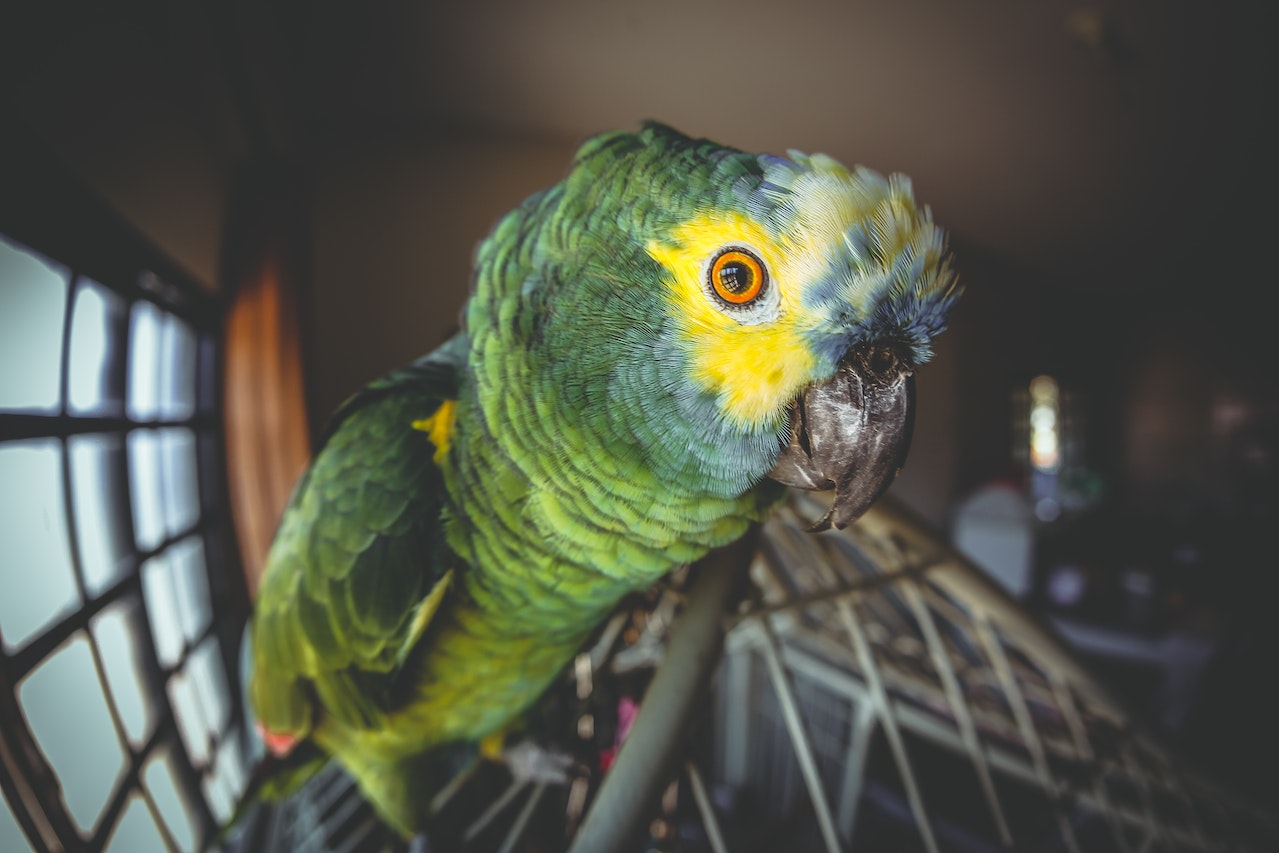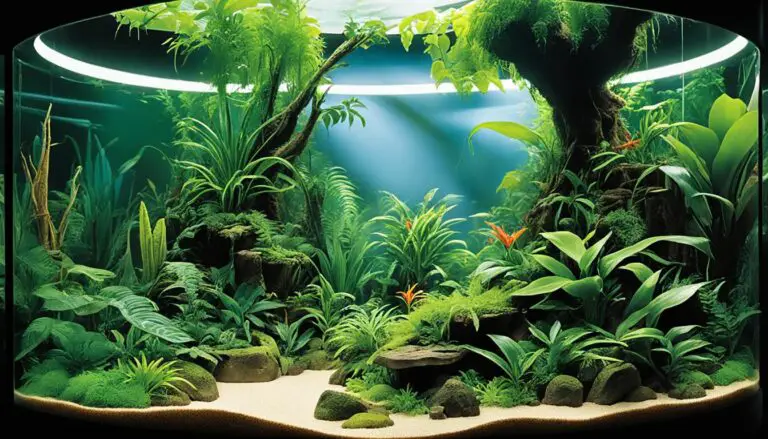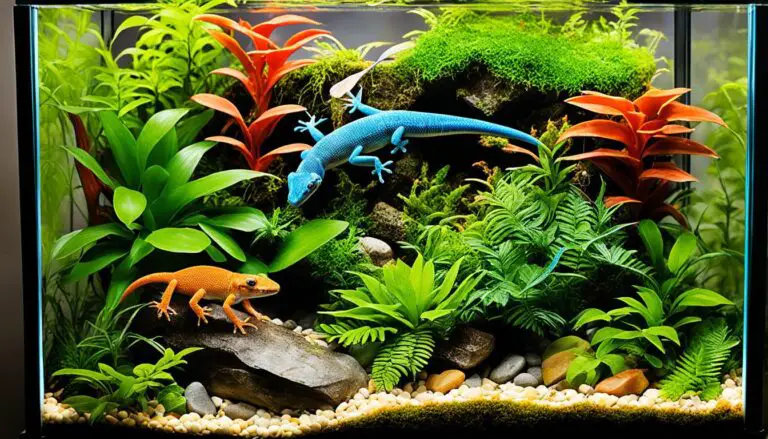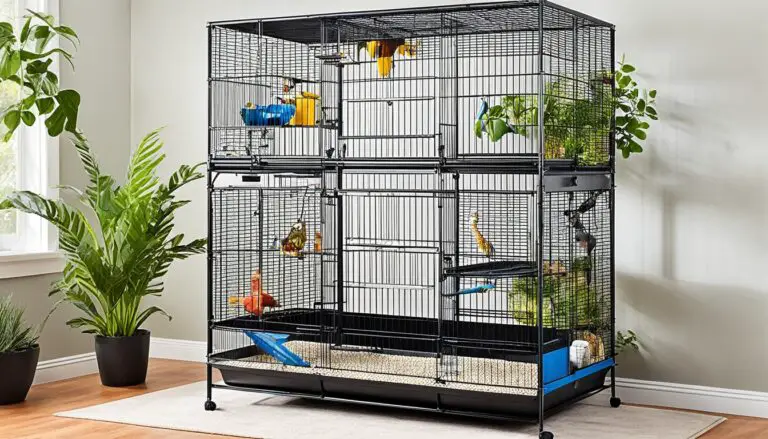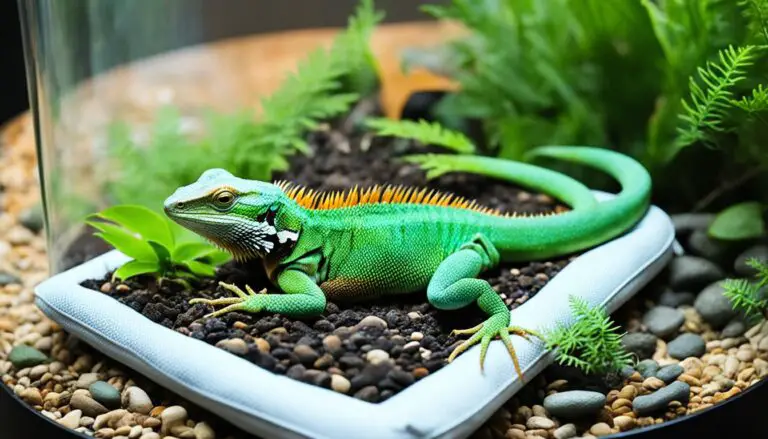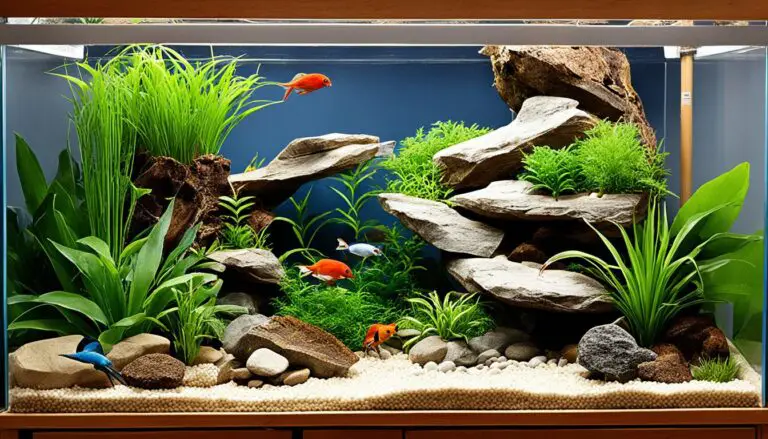How to Build Your Own Exotic Pet Enclosure
Are you a pet lover who wants to create a perfect and safe environment for your exotic pets to thrive?
Then building your own exotic pet enclosure might be just what you need.
In this comprehensive guide, we’ll take you through all the necessary steps you need to follow to build a durable and functional exotic pet enclosure.
From choosing the right materials and design to adding the finishing touches, we’ve got you covered.
How to Build Your Own Exotic Pet Enclosure
Building your own exotic pet enclosure requires a considerable amount of effort, time, and planning.
Here’s a step-by-step guide on how to create an ideal living space for your exotic pets:
Step 1: Determine Your Pet’s Needs
Before you start building your exotic pet enclosure, you need to determine the specific needs of your pet.
Research the ideal enclosure size, temperature, humidity, and lighting for your pet species.
Once you have this information, you can plan the enclosure’s size, design, and the materials required.
Step 2: Choose the Right Materials
The choice of materials depends on your pet’s needs, the enclosure size, and your budget.
Materials commonly used include wood, PVC, metal, acrylic, and glass.
Each material has its pros and cons, so research and compare before selecting one.
Step 3: Design the Enclosure
Once you have selected the materials, it’s time to design your enclosure.
Draw a rough sketch of the enclosure’s shape, size, and the location of the doors and windows.
Ensure that the design accommodates the temperature, lighting, and humidity requirements of your exotic pet.
Step 4: Build the Enclosure
After designing the enclosure, it’s time to bring your plan to life.
Start with building the base, then attach the walls and ceiling.
Ensure that the enclosure is sturdy and secure.
Leave space for the doors, windows, and ventilation systems.
Step 5: Add Lighting, Heating, and Ventilation
Lighting, heating, and ventilation are crucial components of your exotic pet’s enclosure.
Install lighting systems that mimic the natural lighting conditions of your pet’s natural habitat.
You can also add a heating system and a thermostat to regulate temperature.
Ventilation systems keep the air clean and fresh.
Step 6: Add Decorations and Accessories
Decorations and accessories make the enclosure more comfortable and interesting for your pet.
Add plants, rocks, and toys to simulate the pet’s natural habitat. Ensure that the decorations and accessories are safe and non-toxic to your pet.
Step 7: Test the Enclosure
Before introducing your pet to the enclosure, test all components to ensure they function correctly.
Check the temperature, humidity, and lighting levels.
Make sure that the enclosure is secure and that there are no gaps or loose screws.
Tips for Building a Safe and Functional Enclosure
Building an exotic pet enclosure requires careful planning and attention to detail.
Here are some tips to help you build a safe and functional enclosure for your pet:
1. Research Your Pet’s Specific Needs
Different exotic pets require different types of enclosures.
Research your pet’s specific needs to ensure that the enclosure meets all their requirements.
2. Use Safe and Non-Toxic Materials
Ensure that all materials used in the enclosure are safe and non-toxic to your pet.
Some materials may contain harmful chemicals or emit fumes that can harm your pet’s health.
3. Ensure Adequate Ventilation
Proper ventilation is essential to keep the enclosure fresh and healthy for your pet.
A lack of ventilation can cause a buildup of harmful gases and bacteria.
4. Install Temperature and Humidity Controls
Exotic pets require specific temperature and humidity levels to thrive.
Install temperature and humidity controls to regulate the environment and keep your pet healthy.
5. Provide a Variety of Enrichment
Enrichment is critical for keeping your pet mentally stimulated and happy.
Provide a variety of toys, climbing structures, and hiding places to keep your pet entertained.
6. Regularly Clean and Maintain the Enclosure
Regular cleaning and maintenance are crucial to keeping the enclosure healthy for your pet.
Remove any waste or debris, sanitize surfaces, and replace any worn or damaged components.
Conclusion
Building your own exotic pet enclosure can be a rewarding and cost-effective way to provide a safe and comfortable environment for your pet.
By following these steps and tips, you can create a functional and attractive enclosure that meets your pet’s unique needs.
Remember to research your pet’s specific requirements, use safe and non-toxic materials, and regularly maintain the enclosure.
With a bit of effort and planning, you can create a custom-built enclosure that your pet will love.
FAQs
Is it legal to keep exotic pets in an enclosure?
The legality of keeping exotic pets in an enclosure varies depending on your location and the specific pet species.
Check what the local laws and regulations before building an enclosure.
How much does it cost to build an exotic pet enclosure?
The cost of building an exotic pet enclosure varies depending on the size, materials used, and design complexity.
A simple enclosure can cost a few hundred dollars, while a larger, more complex one can cost thousands.
Can I build an enclosure for any exotic pet species?
Not all exotic pets can be kept in an enclosure.
Make sure to check the specific requirements of your pet species to determine if an enclosure is suitable.
Can I use recycled materials to build an enclosure?
Recycled materials can be used to build an enclosure, but ensure that they are safe and non-toxic to your pet.
Do I need any special tools to build an enclosure?
Basic tools such as saws, drills, and screws are required to build an enclosure.
More complex designs may require specialized tools.
Can I hire a professional to build an exotic pet enclosure?
Yes, you can hire a professional to build an exotic pet enclosure.
Ensure that they have experience building enclosures for your specific pet species.
Peter Stones is the founder of Exotic Pets Place, the leading online resource for exotic pet care information.
With over 10 years of hands-on exotic pet ownership experience, he is deeply passionate about sharing his expertise to help others properly care for their unusual pets.
When he's not writing extensively researched articles or connecting with fellow exotic pet enthusiasts worldwide, you can find Peter at home tending to his own beloved menagerie of exotic animals.

